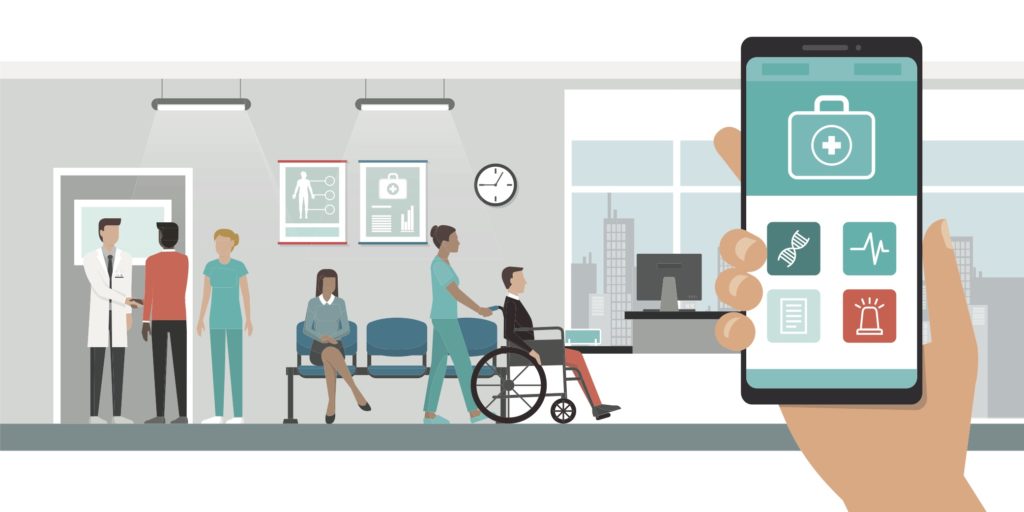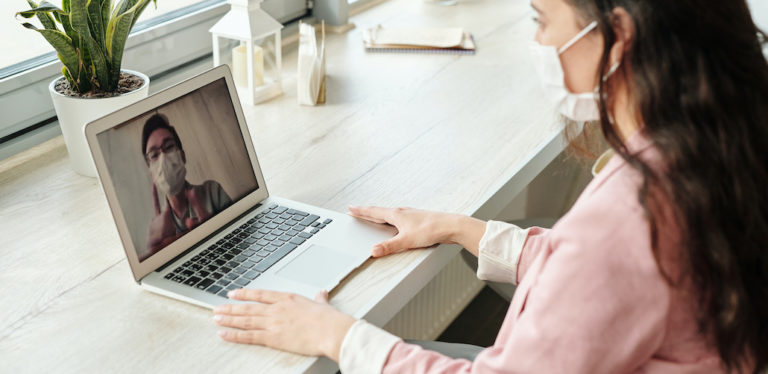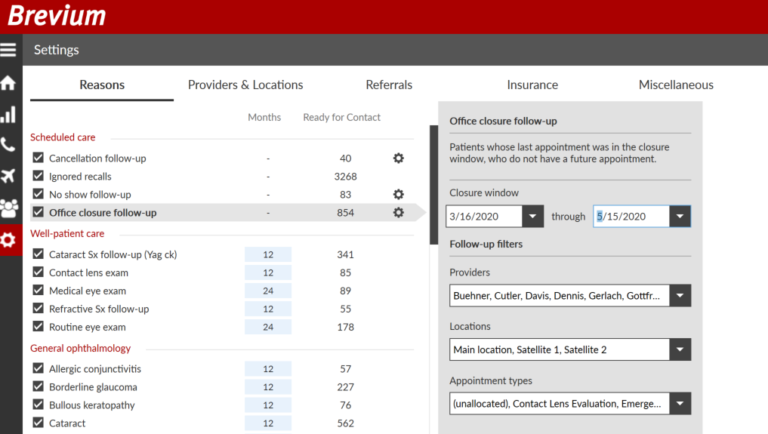The Brevium Blog

4 Ways To Ease Patient’s Back Into In-Person Visits
Telemedicine became essential during the COVID-19 pandemic, and it continues to play an important role in some doctor-patient interactions. However, many patients are returning to in-person visits for a number of reasons. Many are more comfortable meeting with their caregiver in person, some insurers are reconsidering how they cover telemedicine visits, and states that relaxed their interstate licensing rules during the pandemic are reinstating those rules, which means doctors cannot see patients who live just over a state border unless the doctor is licensed in the state where the patient lives. [1]
Easing patients back into your practice takes some thought and effort. Although healthcare workers have always practiced proper hygiene, patients are now hypersensitive to germs in the office and need assurances that they are safe. Other issues such as office hours were disrupted by the pandemic, and patients need to be aware how to negotiate your current practices.
1. Stay Open, Stay Clean, and Keep Your Staff Informed
The Centers for Disease Control (CDC) recommends that you keep your office open, your staff informed and your hygiene at a high level. Staffing shortages are forcing many businesses to reduce their hours, but you should do all you can to maintain or return to the normal business hours that are most convenient for the patients you are trying to retain. If you have to reduce hours, make sure your call center informs patients of your efforts to accommodate their schedules as quickly as you can.
Almost 90 percent of patients surveyed recently said safety is the number one reason they hesitate to visit their doctor’s office. [2] When patients arrive at your office, they should find your hygiene practices impeccable, and your staff should be well informed about a number of pandemic-related issues. These include being experts in best practices for avoiding the spread of germs; the current risk level for your area; how to respond if someone in your office is exposed to an infection; and your patients’ experience with COVID-19, whether they lost family members, experienced severe or long-COVID-19 symptoms and current concerns with infections, so you can be empathetic. will help show that you care about their health and well-being as well as their feelings.
2. Communicate Your Safety Measures
Your most important action is to communicate clearly and often with your patients, so they know that their health is your most important priority. Create a page on your website that explains measures you are taking to keep them healthy and safe. Then use emails, texts and phone calls, just as you would for patient recalls and reminders, to direct them to your website. Also include a note in your regular communications that you have safety measures in place. And don’t forget social media; your newsletter, if you publish one; and blog posts to get your message across.
Some precautions that you can communicate include your sanitization practices, face mask policies for staff and patients, social distancing guidelines, availability of telemedicine, and the other cleanliness and health measures you have always practiced.
3. Educate Patients
The more you and your staff can educate your patients, the more they will trust you. They are tired of the fluffy “We’re in this together” messages they’ve heard throughout the pandemic and want real information. Start in your previsit communications by explaining how to prepare for the visit; what to expect when they arrive, such as social distancing; and how the practice handles active COVID-19 patients.
When they arrive at your office, they should find your staff able to explain the current pandemic situation in your geographical area and advise on ways to stay safe. Don’t be afraid to recommend immunizations for anyone who isn’t fully vaccinated. The CDC says vaccinations can prevent 20 million deaths each year.
4. Follow up With a Thank You
Your office is likely efficiently sending automated appointment reminders to get patients into the office. You should also consider sending a thank-you note after each visit to bring them back. Whether your patients visited in-person or via telemedicine, a thank-you note strengthens your personal relationship and will help your patients feel more comfortable visiting with you in person. A thank-you note with a link to a review site such as Yelp or Google is also a great opportunity to ask patients to leave comments about their visit.
Patients who fell out of the habit of visiting your office during the pandemic need to feel comfortable coming back for in-person visits. You may still choose telemedicine for patients who have difficulty getting into your office or a condition that is best served remotely, but for the rest, you can take steps to ease their return and get them back onto a regular cadence of visits.














